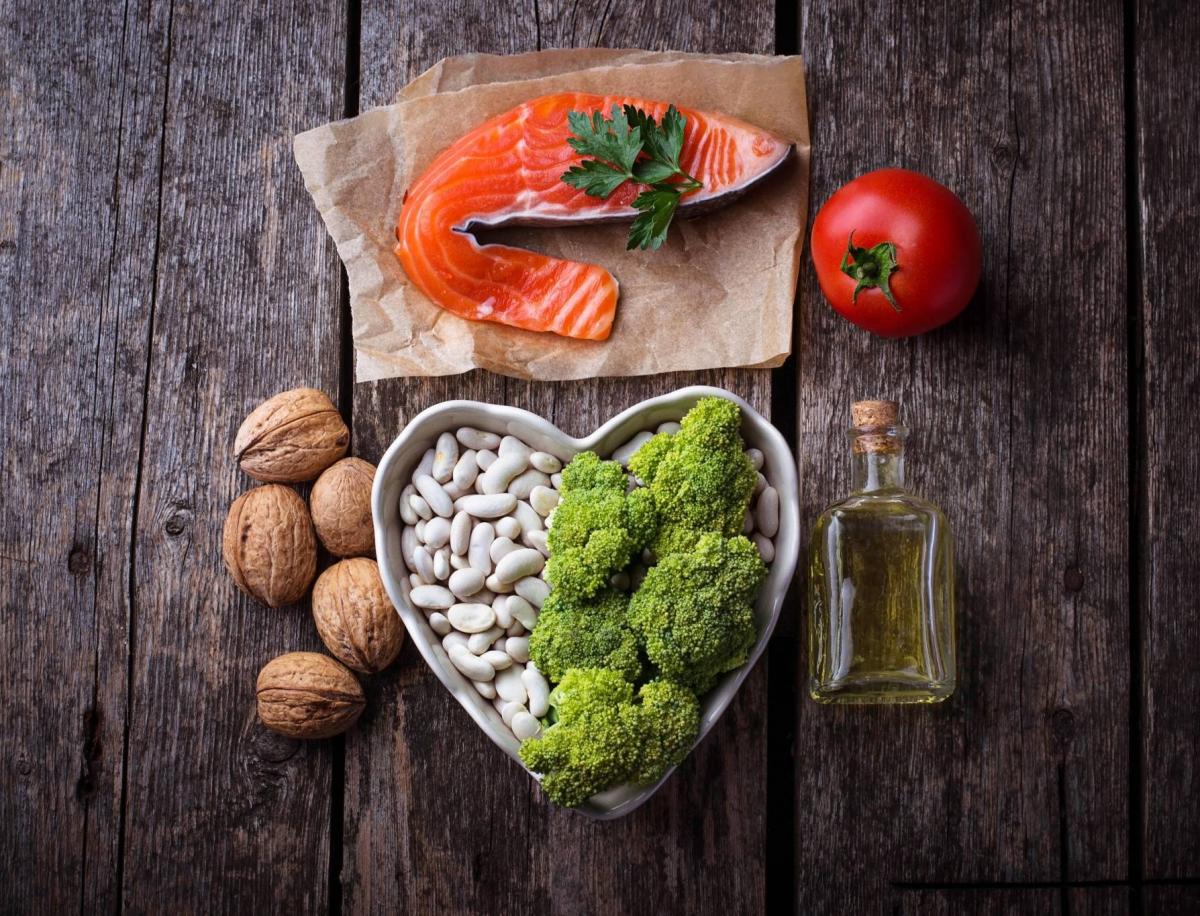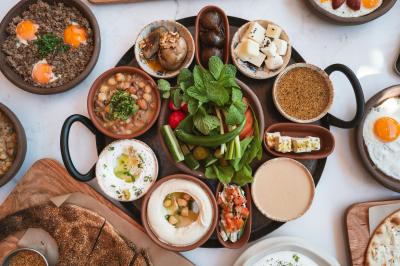Good cholesterol (HDL) plays a very essential role. It captures excess cholesterol in the blood and transports it to the liver where it is eliminated.
To increase HDL levels, certain foods should be adopted.
Lentils, red beans, chickpeas, and broad beans are rich in fibers, vitamins (vitamin A and folic acid), and minerals (magnesium and iron). These legumes are excellent allies for an anti-cholesterol diet.
Other foods that help maintain good HDL cholesterol levels are cereal products rich in fibers such as bulgur, whole wheat pasta, brown rice, quinoa, barley, and oat flakes.
Salmon, trout, and sardines are sources of omega-3 and help increase the level of good cholesterol.
Avocado is also on the list of foods to adopt to increase good cholesterol levels and limit the assimilation of LDL cholesterol (the bad cholesterol) because it is rich in vitamin E and contains monounsaturated fatty acids (omega 9).
Nuts, almonds, and hazelnuts, rich in polyunsaturated fatty acids (omega 3 and omega 6) and antioxidants, can help increase HDL levels and reduce LDL.
Olive oil is rich in monounsaturated fatty acids (omega 9) and has been proven to increase HDL levels and has anti-inflammatory properties. Use olive oil in preparing your salads and during cooking.
Green tea is known for its health benefits, especially regarding cholesterol. It contains antioxidants that help improve the lipid profile by increasing HDL and decreasing LDL.
Fruits such as blueberries, strawberries, blackberries, and raspberries are rich in fibers and antioxidants. The antioxidants help protect against the oxidation of LDL cholesterol, and the fibers help increase HDL. Fruits like apples, apricots, and citrus, and vegetables like carrots, spinach, and kale, are also rich in fibers and antioxidants that promote good cholesterol. Include these fruits and vegetables in your diet to improve your cholesterol levels.
Please post your comments on:
[email protected]
 Politics
Politics














